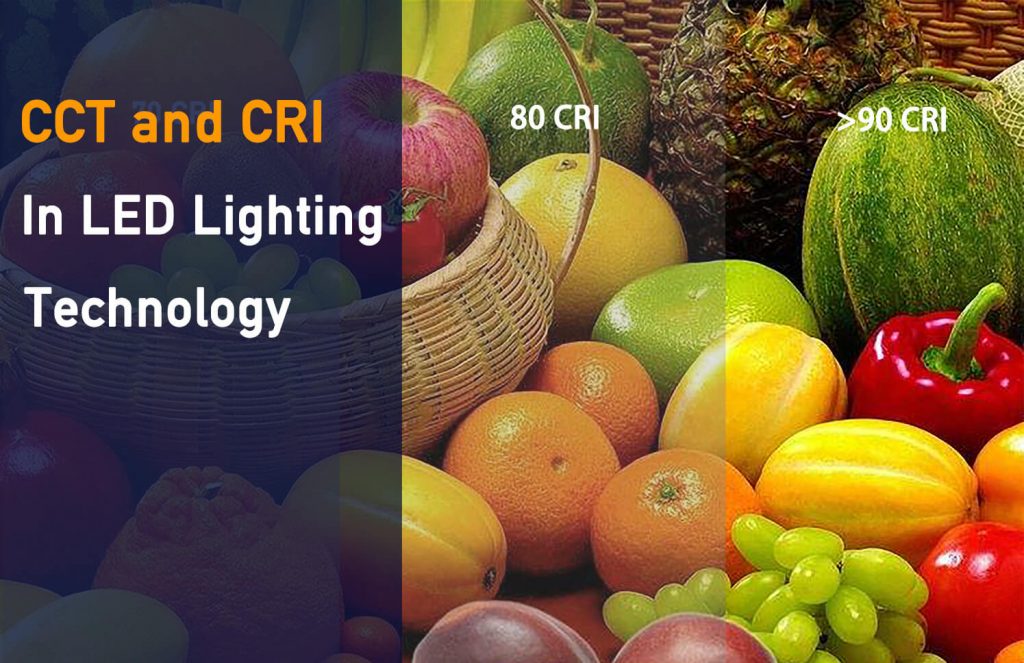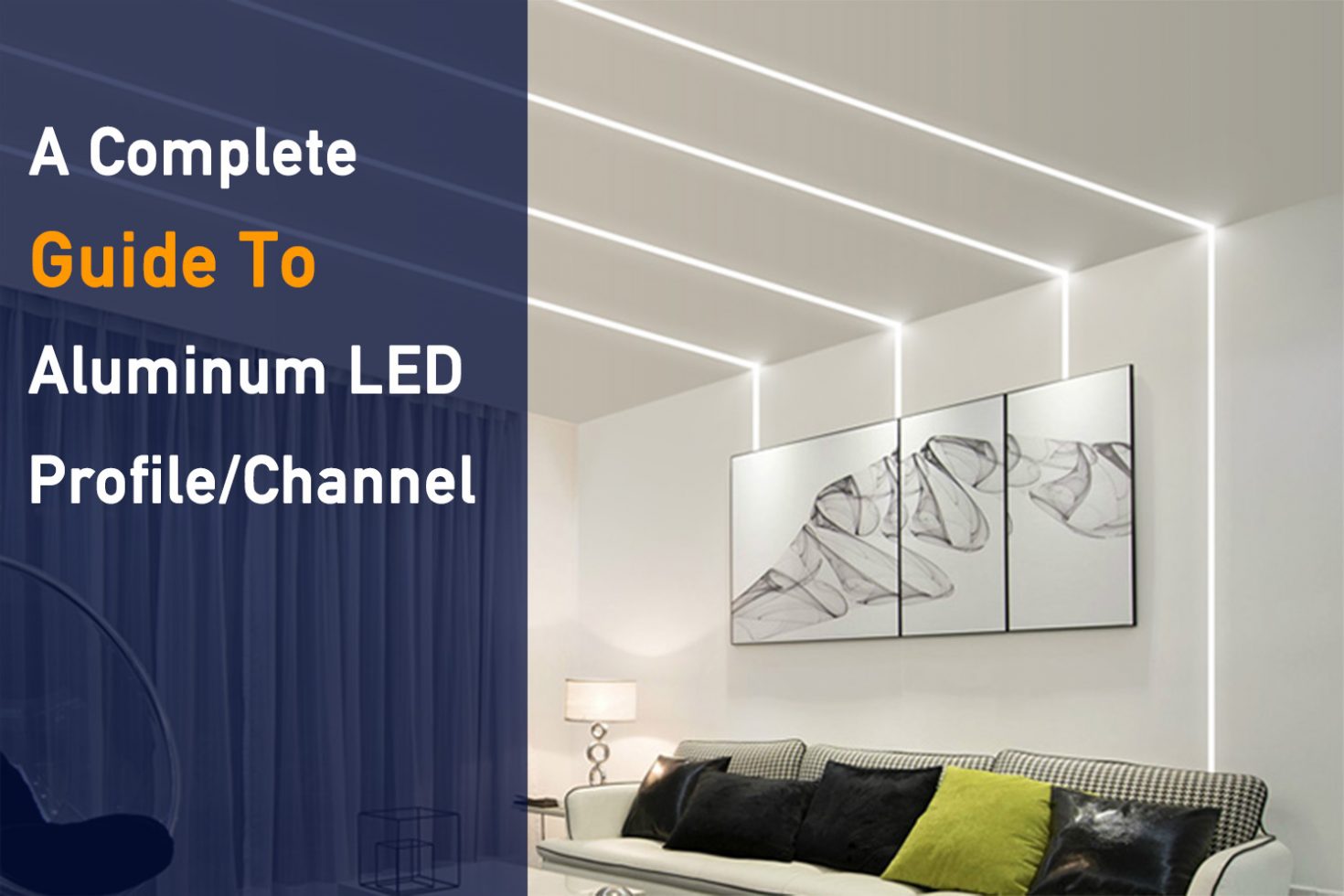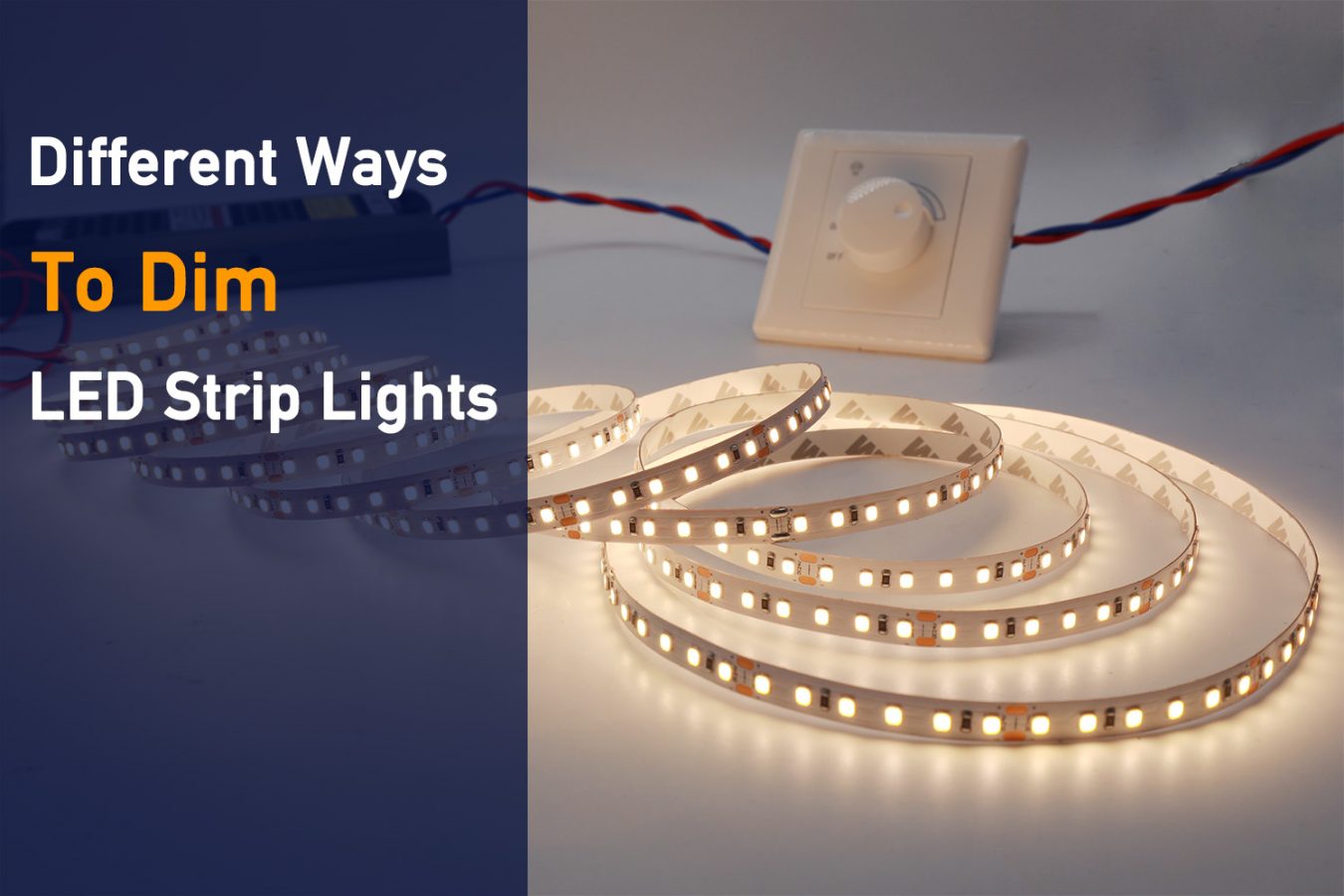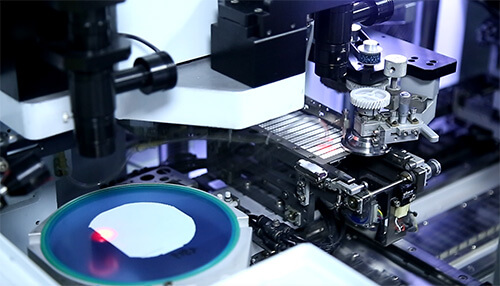Moving forward and adopting the technology at home is not as easy as it might look. Every single that we “update” brings more features, but it also needs more knowledge to get the best out of it. Choosing a LED light compared to its predecessor is a bit more tricky.
It’s not only about the watts but about many other features that can make a huge difference. Features like the Correlated Color Temperature(CCT) and Color Rendering Index(CRI) are very important. These, among others, can cause you a headache when choosing the right light for your situation. It’s not as complicated as it sounds. It’s about understanding these terms and how does affect your LED lights.
1. What is CCT?
In LED strip light, CCT is a term you have likely heard before but with a different name (like color temperature). The Kelvin (K) is the unit used for color temperature. This measure will tell you the color of your light based on Kelvin’s scale, generally between 1800K – 6500K.
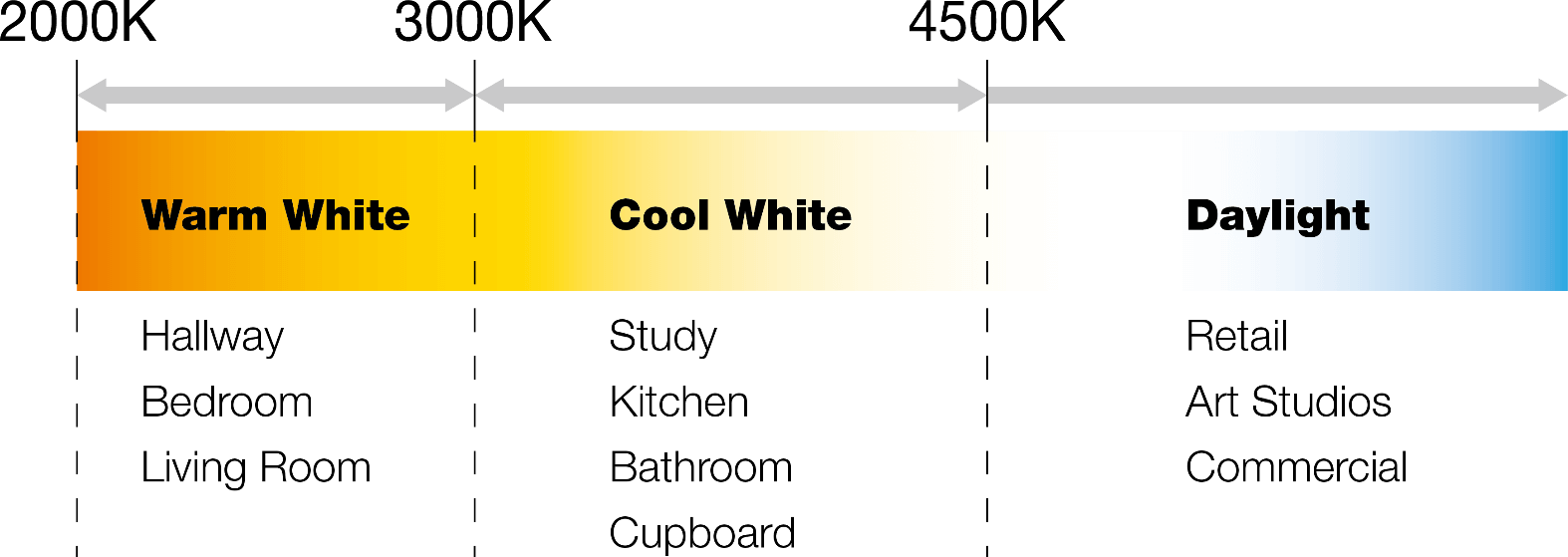
If you are looking for a warm color (white-orange), the scale must be around 2700k – 3000K. Otherwise, with a cool color (white-blue), the scale should be about 3600k – 5000K. As a reference, “daylight” is set above 4000K, whereas around 5000K will give a feeling of cool daylight.
What CCT number should you choose?
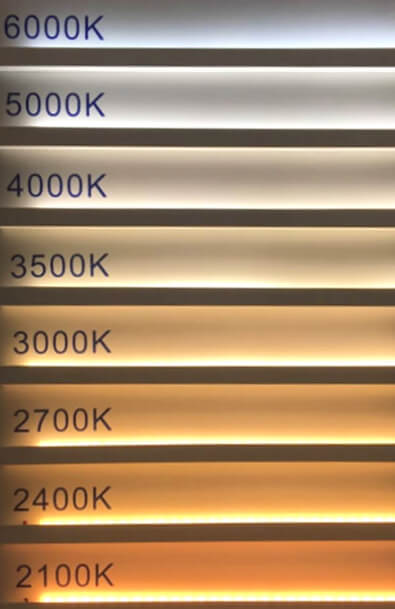
It depends completely on your taste and how you plan to use the light. The warm light is the right choice in places where the cold weather is present throughout the year. For indoors, the range goes from 2700k – 3000K, this will help to make the place feel more warm and comfortable. Where the weather is warm, the cool light from 4000k – 5000K can provide the opposite sensation.
When needing to illuminate a working place, like workshops or commercial applications. Cool light is better because it mimics the “natural” daylight. This will make the light look more natural and crisp, which is the best option for working.
2. What is CRI?
Color Rendering Index is a measure used for the ability of light to reproduce the exact tones on any object. This would give a faithful reproduction of what the colors of the object look like in natural light.
Complicated? Well, in easy words, it’s the way to measure how the light will affect the colors of the objects. At this point, this specification might not be in your top ten, but the CRI has different usages.

Before jumping to the next question, you must know that a higher CRI value, the better the color look. For example, a LED light CRI value over 75 is decent, whereas 80 is already good, and anything above 90 is excellent.
When do I need to check the CRI?
CRI value is vital in different fields like in commercial and cinematography areas. Here it matters because everything must look in the same way as it looks in real life.
In a different scenario, street lights or outdoor lights don’t need a high value of CRI. Because you don’t need the true color of your garden or the color of the clothes of a person walking in the street.
If you are wondering about the usage in your house, in the dining room, a good value of CRI can make the food look tastier. So, even though this value cannot be essential for you, we like to think having a trustful color is always better.
3. CCT vs. CRI Which value is more important?
It depends on your needs. We acknowledge both values are essential and different. But the Color Rendering Index is only a bit ahead of the Correlated Color Temperature choice.
Knowing how you plan to use the light will tell you what kind of color of light you need. For example, if you are trying to replicate the natural daylight, you will need to find a cold color. Knowing what kind of light color you need will sort and reduce the options a lot.
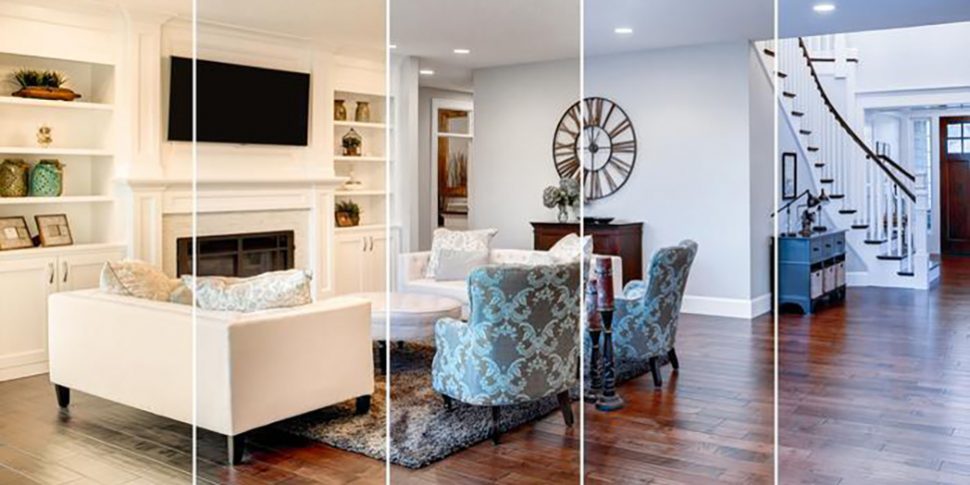
Even when the CRI is essential, it’s not the only value you need to worry about. Having a 90+ CRI value would be useless if you have a 3000K light when you need at least a 4500K light. Even when the colors are rendering accurate, you’ll be far from the results you are looking for.
Now, it is meaningless to have the correct Kelvin value in your light if your CRI value is way too low. It will give you the perfect light temperature, but the colors won’t be accurate or close to what they look like.
So, starting with the color temperature could narrow your search a lot, and then considering the CRI. You will find the perfect light that suits your needs if you have sharp eyes enough. If not, try to find a balance between both values, and you’ll be happy with the results.
4. Recommendations of lights based on CCT and CRI.
You are completely free to choose the color you like the most or the one that suits your needs better. We would like to give you our insights, preference, and recommendations to help you.
If a high CRI value for all the lights is an option, go for it; if not, we will highlight where we recommend a value.
Outdoors, garage/workshop, and bathroom.
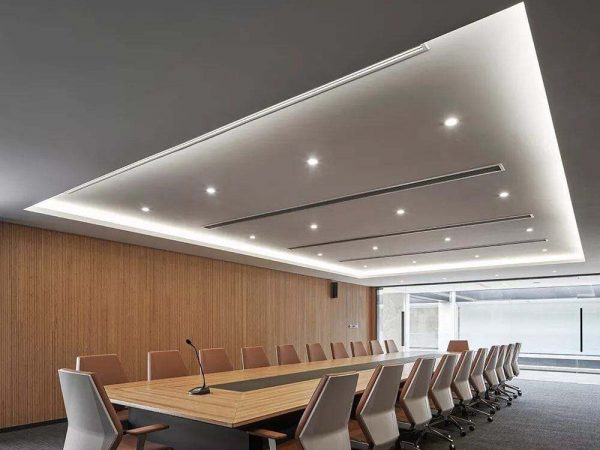
A cold light in these places is a good call (starting from 4000K). As stated before, cold light is suitable for illuminating areas with crispier light. It is good to have good light, considering a garage like a place that might be, sometimes, used as a workshop. From all these places, the garage/workshop must have a high CRI, but only if you use it to work in it often.
In the dining room and kitchen.
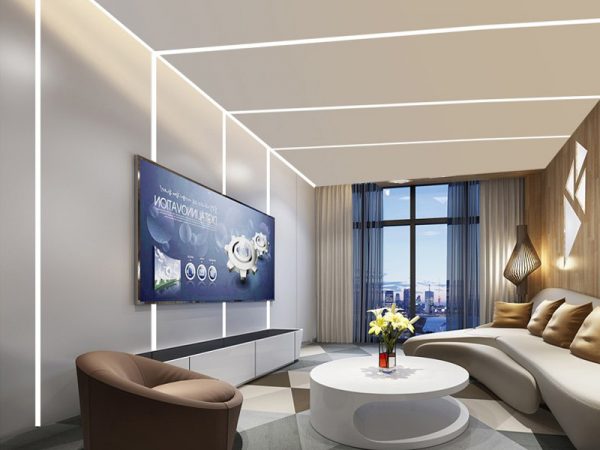
This is because the color rendering of food and drinks would look better. Other places like closets, cabinets, and even a cleaning room won’t need a very high value of CRI.
The rest of the house (indoors).
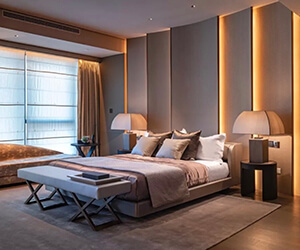
For the rest of the house, a warm light would be good for you, starting from 2400K and not beyond 3000K. The warm sensation would be nice for these places, and a good value of CRI can be good.
5. Conclusion
In the end, you have a wide range of options to choose from; every light color will give you a different sensation. Choose and specific light if you know or have at least a vague idea of what you are trying to achieve. Otherwise, experimenting with the CCT and CRI values is a good starting point.
A slight change in the light color can make a space look and feel different. Find what style and feeling you want to achieve. Get the right light, or check our blog for more information that helps you make your decision and do it. In any case, you can’t go wrong.
Are you looking for an LED strip lights supplier?
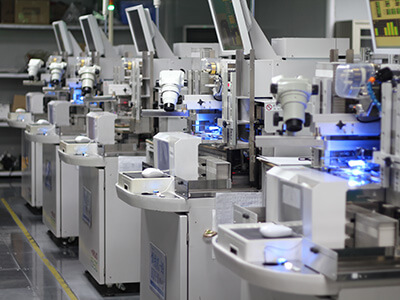
In Myledy, we want to be part of your project and offer you a wide range of options that fulfill your needs. Here you will find LED strip lights with CCT values from 1800K – 6500K and +90 CRI values.
Meeting the highest quality standards, all our products are premium LED strips. Every light meets a strict quality control system. This provides our products a reliable color consistency, great color, and light. Using brand components, we ensure you no dead lights; if that’s not enough, you get a five-year warranty.
Myledy is a company that has been manufacturing LED strip lights since 2003. We have an excellent and selected group of experts. Together, we make top-quality designs with excellent functionality that meet all safety standards. We provide you with all the information you need and help you to find the right LED light solution for your need.

